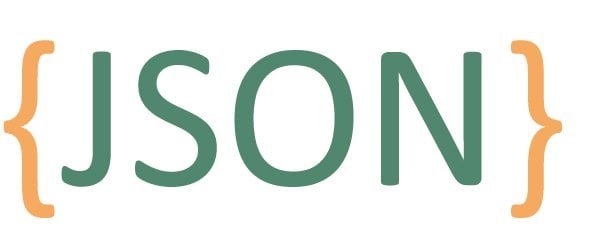A JSON file contains structured text in JSON data format. JSON (JavaScript Object Notation) is a widely used data format that enables simple communication between systems (more about JSON). More specifically, the format is used to structure and transfer information between web-based systems.
Opening and editing JSON files
To open and edit a JSON file, all you need is a text editor of your choice. Common options include Notepad or Editor on Windows, TextEdit on macOS or Atom and Visual Studio Code as cross-platform alternatives.
How to open a JSON file with Windows Notepad or Editor:
- Right-click on the JSON file that you want to open.
- Select “Open with”.
- Then select the text editor to display and edit the content of the JSON file.
- Once you have made your changes, simply save the file.
The structure of the JSON syntax enables a clear and easy-to-read representation of the data (How does JSON work?). This makes editing JSON files much easier. This simple approach makes working with JSON files accessible, even for those who are not familiar with specialized developer tools.
Difference between JSON and a JSON file
The difference between JSON and the JSON file lies in the type of data storage. A JSON file is simply a text file that uses JSON formatting. These files are used to store structured data and are identified by their “.json” extension. Due to their readability and simplicity, JSON files are particularly widespread in the configuration of applications and the exchange of data between different systems.
Overall, the use of JSON and JSON files is an essential part of data exchange between web-based systems, as they provide an efficient and easy-to-understand method.
JSON: More than just data
JSON is an independent data format and is not limited to files. JSON is a text-based data exchange language that usually appears in two forms: as a JSON object and as a JSON array. A JSON object consists of key-value pairs (“Data field”: “Value”) while a JSON array represents an ordered list of values (“Data field1”: “Value1”, “Data field2”: “Value2”, “Data field3”: “Value3”). These structures enable a flexible representation of data, whether in the form of configuration files, API responses or other scenarios. You can find an example of this in our detailed article under JSON example.
Versatile use of JSON in communication via REST and MQTT
The use of JSON also extends to various communication protocols. Technologies such as REST (Representational State Transfer) and MQTT (Message Queuing Telemetry Transport) often use JSON as the preferred data format for exchanging information between applications and systems:
- In RESTful APIs, JSON is often used to structure requests and responses, making communication between client and server efficient and easy to interpret.
- JSON is also used in MQTT, a lightweight messaging protocol for the Internet of Things (IoT), to facilitate the transmission of messages between networked devices.
This broad acceptance of JSON in various types of communication underlines its versatility and makes it a central component of modern data transmission technologies.
Practical tip: Set up data exchange in JSON format
In order to establish a data exchange between two or more systems that use the JSON data format for communication, software such as the OPC Router is required that can generate JSON data and distribute it to different systems. In practice, this works in real time and does not require JSON files to be saved.
With the ability to generate and send JSON data and JSON files, the OPC Router creates an efficient way of exchanging data between different systems. This compatibility is particularly useful in environments where the JSON data format is defined as the standard for data communication. The generated JSON files can be interpreted and processed by different systems, ensuring flexible and reliable data transfer.
Request your free download link for the latest version of the OPC Router now and easily create your data exchange in JSON format using drag & drop.
Further information
Learn how the JSON Plug-in extracts and transforms data from different sources and makes it available for your systems.
You can find more interesting articles on the topics of Industry 4.0, cloud, technology, alerting and practical application examples as well as case studies in our knowledge base.

